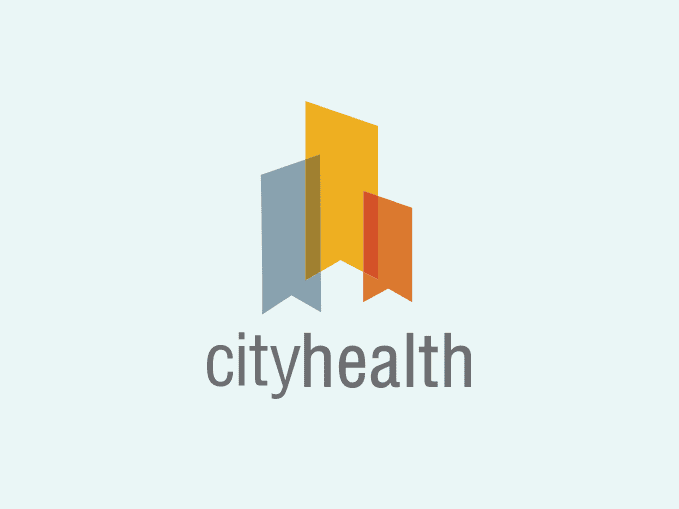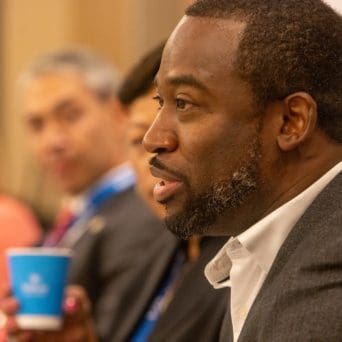Communities are starting to prioritize pre-kindergarten programs to boost children’s school performance — as well as to provide quality childcare for parents who need to work.
Why it matters: “This is more than just an educational issue. It’s a public health issue, an economic and workforce development issue, and a child poverty issue,” said Olivia Allen, project manager at the Children’s Funding Project.
- Research has shown children who aren’t prepared for kindergarten often fall behind by the time they reach third and fourth grades, which is when states start accountability testing.
- But the average pre-school tuition for two children costs $20,000 per year — about a quarter of the median family income.
By the numbers: Enrollment in state-funded pre-school programs has slowly increased over the last 15 years.
- Nationally, 33% of 4-year-olds and 5% of 3-year-olds were enrolled in state-funded preschool in the 2016-2017 school year, per the National Institute for Early Education Research.
In Texas, half-day pre-K programs were available for households with incomes below 185% of the poverty threshold. But it wasn’t workable for families that needed full-time care.
- In 2011, San Antonio voters approved to raise the local sales tax by one-eighth of a percent to expand full-day Pre-K for 4-year-olds across the city. The money went to opening four early education centers — one in each quadrant of the city — serving a total of 2,000 kids per year.
- Sarah Baray, CEO Of Pre-K4SA, said their research found “children had better reading and math scores, significantly better attendance, and were far less likely to need special education services.”
- The program’s success spurred the state to boost funding to increase the number of students beyond those that meet income eligibility requirements.
Pre-K programs have also been shown to help mothers re-enter the work force.
- In 2009, the District of Columbia began offering two years of universal, full-day preschool to 3- and 4-year olds.
- The Center for American Progress attributed a 10 percentage-point rise in maternal labor force participation to the preschool expansion.
In New York’s Onondaga County, which includes Syracuse, County Executive J. Ryan McMahon sees government-funded pre-K as a way to break the cycle of multigenerational poverty.
- “We’re investing in our young people now so we can make good decisions later — or we’ll spend a lot more later when they make poor decisions,” McMahon said.
Reality check: States and cities shouldn’t prioritize quantity over quality, said Shelley Hearne, president of CityHealth. “There’s pressure on everyone to provide more seats, but if those seats are in low-quality environments, we won’t see the long-term benefits.”




